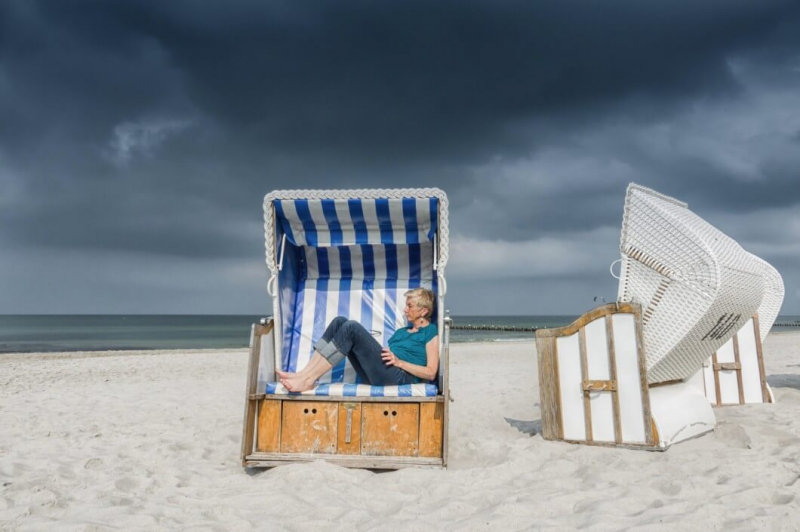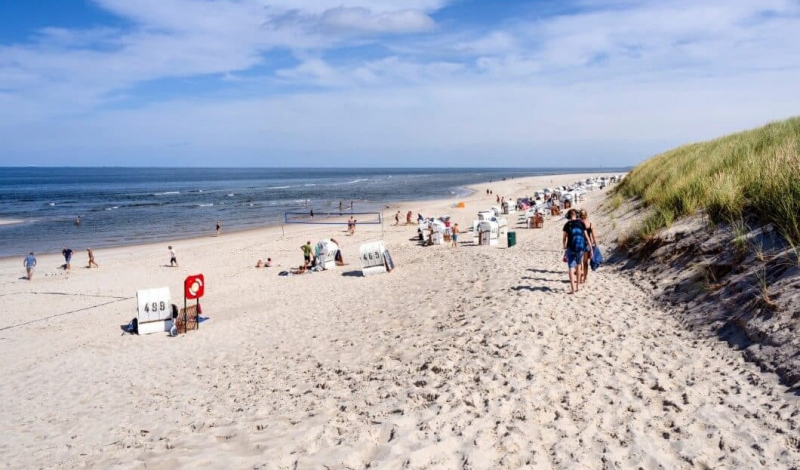The North Sea’s salty air may still carry whispers of peaceful getaways, but a recent report casts a shadow on the tourism sector. The North Sea Tourism Report 2025 (NTR25), its fourth edition, dropped this week, indicating a significant 13.2% decrease in holiday potential from 2022 to 2025. Early forecasts suggest more double-digit declines in 2026. While unused beach chairs might be piling up, experts are pushing for a shift from over-crowded beaches to luxurious, tranquil experiences to keep things on track.
The Numbers Don’t Lie
The NTR25, based on a survey of over 7,100 Germans, reveals a drop in travel desire. Interest in the German North Sea has waned, driven by post-pandemic changes and economic pressures such as inflation. In Schleswig-Holstein, overnight stays fell by 5.2% in 2023, around 25 million. This is not a temporary dip; it’s a fundamental transformation, with the report’s authors highlighting different expectations between repeat visitors and new arrivals as a key reason.
This decline isn’t just happening in Germany. Similar dips are affecting Danish and Dutch North Sea regions, as well as the German Baltic coast, pointing to a broader European re-evaluation of seaside vacations. “Mass tourism is drawing to a close,” the report suggests, warning that prioritizing volume over value might lead to failure.
Old and New Customers Drift Apart
The main reason for the decline is a mismatch in what people want. Regular visitors, tired of the crowds, are avoiding the usual hustle, while newcomers seek exciting experiences unaffected by overtourism. The NTR25 emphasizes that these groups’ priorities are diverging, with one wanting familiarity in changing times, and the other searching for new adventures. The report says that tourism managers must bridge this gap or risk losing both types of customers.
Adding to the difficulty is a shortage of skilled workers, with 53% of visitors complaining about poor service, which is a problem for an industry already affected by higher prices and fewer customers. As one press release states, “13.2% fewer vacationers—higher prices” illustrates the problem: high prices are excluding many customers without attracting the wealthy ones.
Click here to preview your posts with PRO themes ››

Two Segments Poised to Propel Recovery
However, the NTR25 identifies two promising groups that could help the coast recover:
Luxury-Seekers: Wealthy travelers looking for exclusive experiences over crowded spaces – wellness retreats, private dinners on the dunes, and elevated amenities. They’re willing to pay more for serene, personalized experiences, with premium bookings already up 15% in places like Schleswig-Holstein.
Nature and Family Fans: Families who care about the environment, prioritize unspoiled trails, eco-friendly adventures, and a genuine coastal experience. Shorter, more sustainable trips are becoming popular, driven by domestic travel and environmental concerns.
The report suggests that balancing these—high-end offerings with affordable family options—could restore stability. “The North Sea coast needs a new balance between high-end and low-cost options,” it proposes, looking at strategic changes to compete with the Baltic Sea or sunnier southern locations.
Recommendations for Resilient North Sea Tourism
For tourism businesses, the NTR25 provides both a diagnosis and a plan. It calls for focused upgrades: digital expertise to attract wellness travelers, infrastructure improvements for family-friendly green spaces, and data-driven personalization to attract luxury customers. Without this change, competitiveness could decline further; with it, North Sea tourism might not only survive the decline but also experience growth.
As the report’s analysts conclude, only bold adaptation will ensure long-term appeal in a post-mass tourism world. For the North Sea, the message is clear: adapt or fail. As the year 2026 gets closer, everyone involved, from Sylt to St. Peter-Ording, definitely has a challenge: turning these tidal worries into something that stays appealing forever.


